Okay, so a few months back, I traveled to Saskatchewan to work on a video project for a new piece of software called TrackSense that is set to revolutionize the way railways are inspected using drones.
What’s great is that this software integrates with hardware that’s already available on the market. I’ll be honest, I didn’t know what to expect from traveling to the middle of Canada.
I’ve been along the coast in Vancouver, with the beautiful waves for surfing and islands to explore, and I’ve also been on the other coast in Nova Scotia, exploring the mountains and small coastal towns.
I’ve even been as far as Labrador City, where it was freezing cold, and we got to ride sleds basically everywhere we went. Saskatchewan, on the other hand, was flat and wide-open.
While we were out there, we bounced around between a bunch of different small towns, running tests with TrackSense, inspecting different stretches of railway for companies in that area.

It was really cool to meet the people who work for these companies, hear their stories, and learn about how they’re able to keep goods flowing across the country from coast to coast. It was awesome to hear from everyone and to see TrackSense in action with my own eyes and capture all of it.
In this video, we’ll be going over how TrackSense works, but first, let me show you some of the views from up in Saskatchewan. Okay, so as you can tell, we did quite a good amount of filming: drones taking off, drones flying, drones being set up, railways, train cars, drones flying through the air.

It really was a lot of fun to see TrackSense in action, see these different drones fly, and all the data that they collected. We also traveled across miles (or kilometers) of roads to get from town to town. But again, all this was in an effort to collect data so that we could show the rail companies what this software is able to do.
Derailments of trains can be catastrophic, from loss of goods to damage to property, even to death. There are just so many reasons why railways and train cars need to be inspected.
We actually just recently had a derailment here outside of Philadelphia that was really nasty. This video here isn’t mine; it’s from a friend of mine, Brett, who owns an aerial media company here in the city called Elevated Angles. So, a special shoutout to him for letting me use this video.

But you can see just how much damage a derailment like this one can cause. In this particular situation, I have no idea what happened. It could have been the operator’s fault, it could have been a bad section of track, it could have been an issue with the train and cars themselves; it really could have been a mixture of all of them.
But what I do know is that this is a bad situation. You never want a derailment to happen, especially on this scale, that causes so much unnecessary damage. And the way we get there, the way we make these railways safer, is through more frequent inspections. And how do we do that more efficiently?
By automating it with drones. Like, if we’re able to get a better understanding of the condition of the track, then fewer derailments will occur. And this is good for the consumer, as we get our goods more efficiently, and if we’re passengers, we know we’ll be safe when we’re traveling on the actual train itself.

But the rail companies will love this too because it speeds up inspection time, it saves them money as their employees can focus on other tasks, and it keeps their assets safe.
Now remember, like I mentioned, TrackSense is a software platform, so there’s no hardware that they actually develop. Instead, it integrates with fixed-wing drones like the Wingtra Gen 2, and quadcopters like the DJI Phantom 4 Pro or the DJI Matrice 300.
You can accomplish all of the tasks within TrackSense using any of the drones that I just mentioned, but there are better tools for different jobs. For example, if you wanted to scan a large section of track that is miles long, a fixed-wing option would be your best bet, as the speed at which this drone flies and covers an area of track will speed up your flight tremendously. It also has a greater flight time, so it can stay in the air for much longer.

A little Phantom is just not going to be able to get the job done in the same amount of time and will likely have to return home and land for a battery swap, further increasing the time on site. Where the Phantom really excels is in taking volume measurements of material piles. So these are small areas that rail companies will pile up their material, like rail ties, to eventually replace on the track.
Ties, by the way, are the wooden pieces that run along the railway to hold the actual rails themselves. The reason the Phantom is so good here is because it can make nimble turns for the small area, and the setup time is super fast. You can get the drone up in the air, shoot a few hundred photos for stitching, then land and move on to the next job.

So, you might be wondering how TrackSense works in the first place, and I kind of actually just gave it away. It’s basically a mapping software that is tailored specifically for inspecting railways.
So the drone is given a mission, which is saved and can be repeated at any time, so you can continue to run that same mission over and over again, let’s say on a monthly basis, if that’s how often you want to inspect the track. It then flies the route, takes a bunch of photos, those photos are uploaded to your computer, processed, and stitched together to make one high-fidelity image.
In a sense, this processed image can then be analyzed by a member of the rail company to get an understanding of the conditions on the ground. This can be done by just visually analyzing the actual image that was created, so that you can see with your own eyes what the track looks like. But to take advantage of the full power of TrackSense, the tools built into the software is really what you need to be using.

What was really cool about my time out in Saskatchewan is that I was able to see these missions captured, processed, and then actually analyze the data for myself and look at what this software is able to do.
So, some of the tools built into TrackSense are commonly found amongst other mapping platforms, like the ability to see a topographical view of the land covered, as well as a model view that is colored to better show change and elevation.
This is helpful to see the slope and grade of certain sections of track that were in particularly tricky areas, like if there was a hill or water nearby. Where TrackSense really starts to stand out as a platform geared towards rail inspection is the ability to analyze ties, which is again the wooden piece that holds the actual rail in place.

These are the parts of the track that need to be most frequently serviced, as they’re affected by constant use and inclement weather. For this reason, TrackSense can analyze the ties and give the user an indication of what needs to be serviced.
It’s even color-coded to give you a quick indication of what areas need more attention than others. The ability to take volume measurements of material piles is also very useful.
So if a section of ties needs to be replaced and material is brought in, you can tell how many ties are there based on the volume measurements taken. This is good for gravel, sand, dirt, or really any other material that’s sitting on the ground.

Overall, the ability to completely digitize your rail assets is a huge game-changer for rail companies. All the great tools built into TrackSense make for an effortless inspection process that is arguably more thorough and efficient than manually walking the track. So think about the workflow here.
Let’s say you have 100 miles of track that your rail company owns that you need to inspect. It could take you probably 2 or 3 days to fully digitize the entire stretch of rail by splitting it up into five-mile increments.

You go to one area, send the drone up, inspect five miles, and then move on to the next section. And again, remember this is entirely automated, so the only thing that the person flying the drone needs to do is put it on the ground, press go, it takes off, and it starts capturing your photos.
Once it lands, you pack up, move on to the next section, and you’re good to go. You just keep moving on from there. After you’re all finished up, you come back to your office, upload all the images, it stitches together, and now anybody in the world can get a look at that image, at the section of track that you captured, and they don’t have to actually go on site.

And they have all the great tools that TrackSense comes with built-in, like the volume measurements, the 3D model analysis, all of that good stuff.
So, in the future, I think that this is going to be a huge game-changer as drone laws become a little bit more relaxed. Like, for example, you can’t fly out of the visual line of sight, so being able to say inspect a 100 miles of track by just pushing a button and letting the drone fly all the way down would be awesome.

But as of the current regulations right now, you just can’t do it. Personally, I see the Drone in a Box being a great solution for this, being able to just put the drone out on site, let it sit there, and analyze the track as often as you need to.
That’s going to be a huge game-changer moving forward, and it’s going to really unlock the full potential of rail analysis using drones and TrackSense as a whole.

Anyway, thank you guys so much for watching. Let me know your thoughts on TrackSense down below, and as always, I’ll talk to you later. Peace.
Photos courtesy of Billy Kyle.
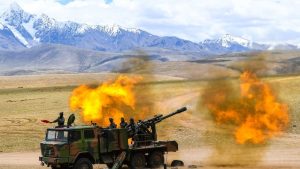
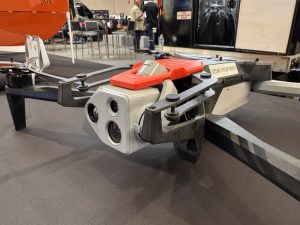
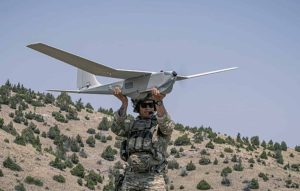
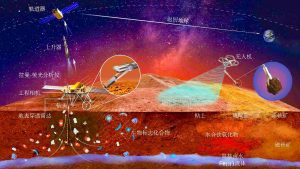
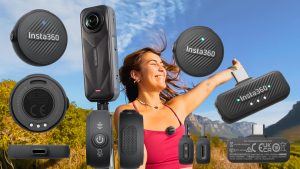
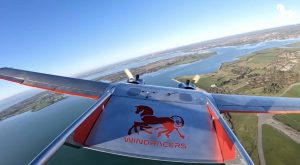
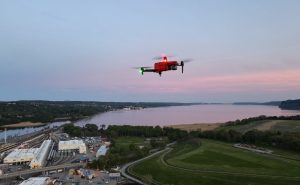
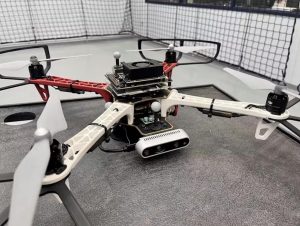
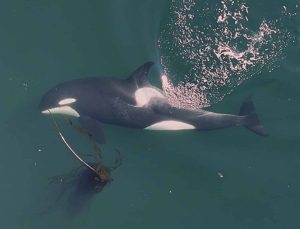


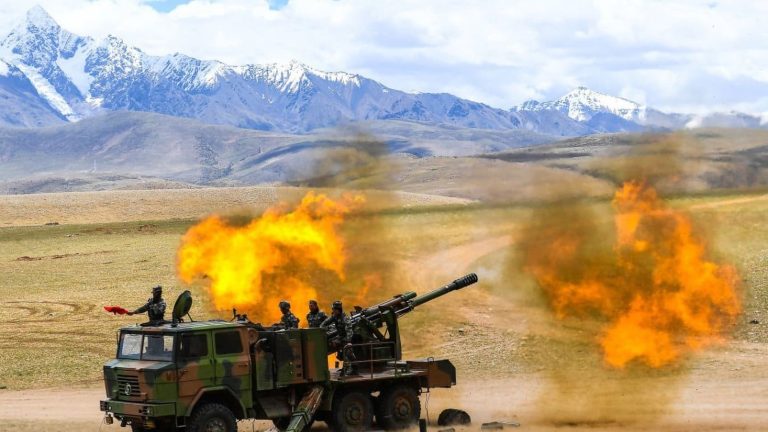
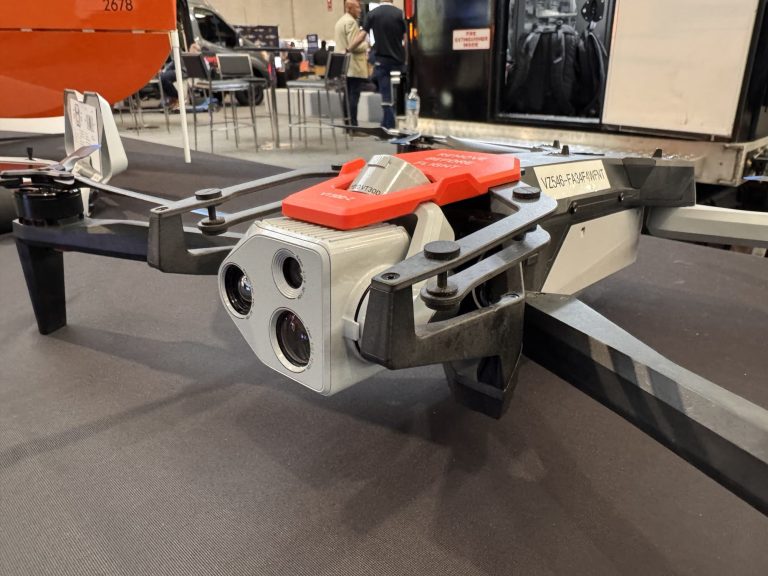
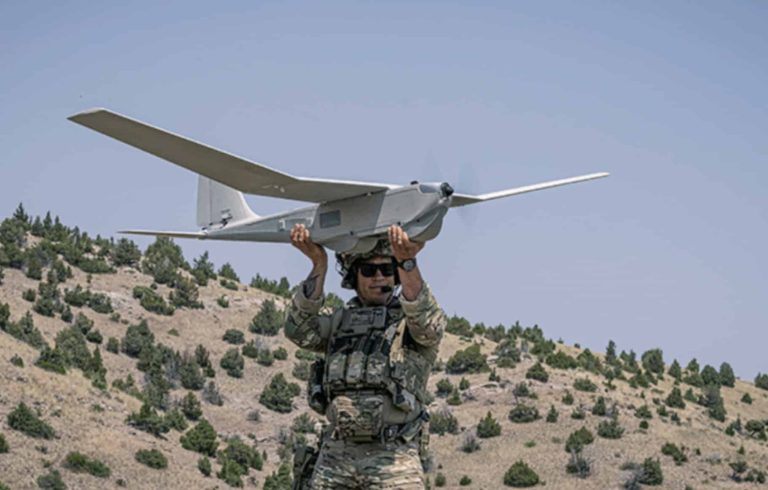
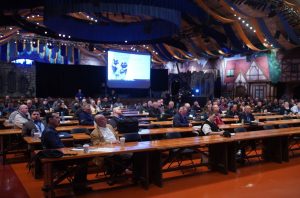

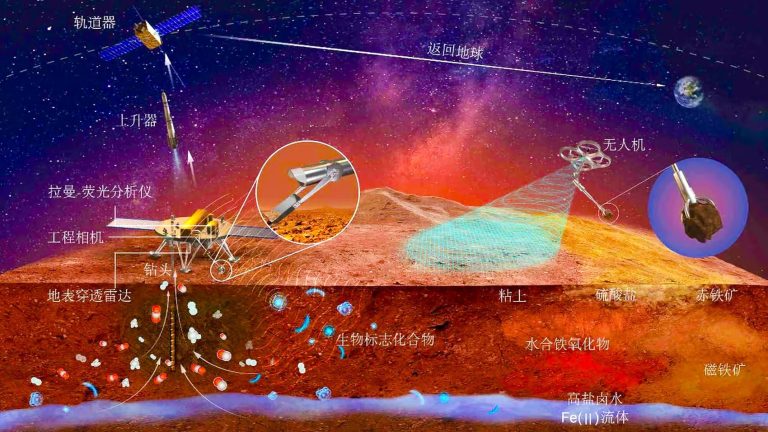
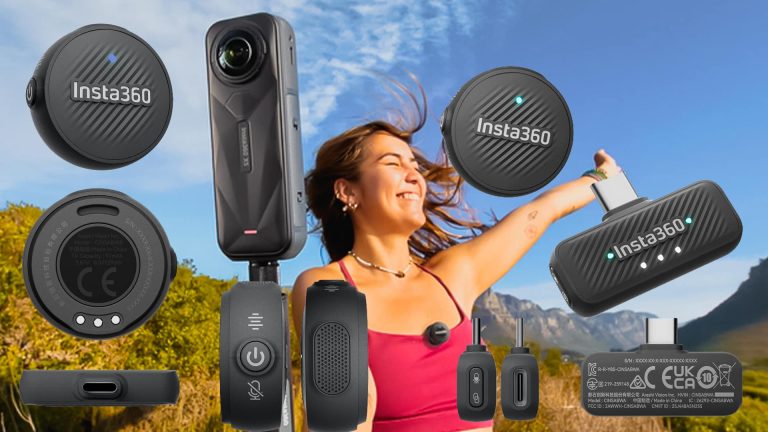
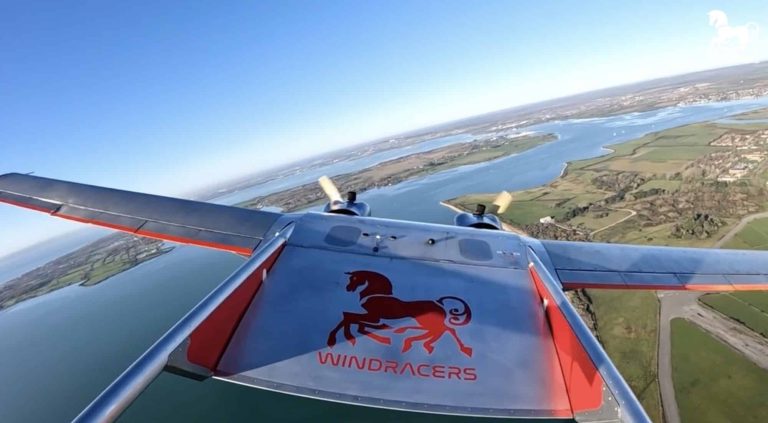

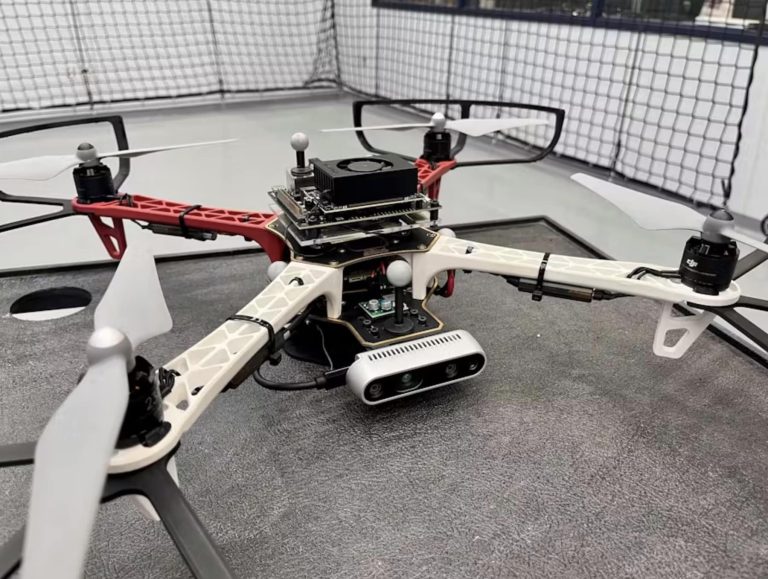
+ There are no comments
Add yours